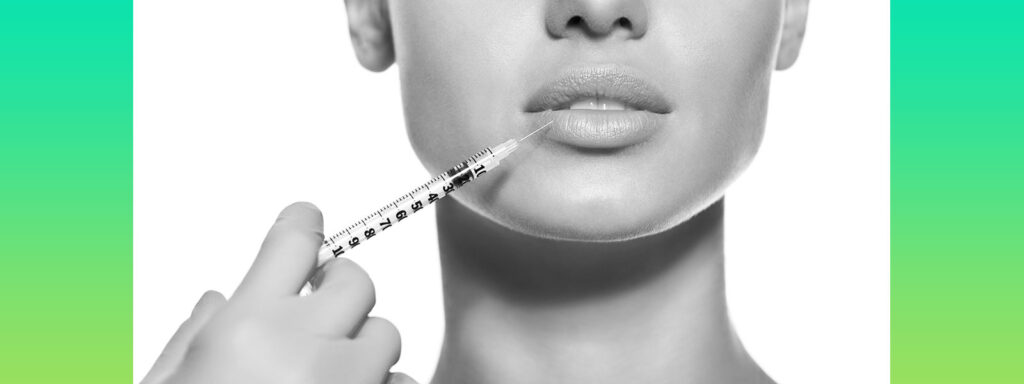In the world of cosmetic enhancements, fillers have become a popular choice for those seeking a youthful appearance. If you’re curious about fillers and how they can benefit you, this guide will provide you with everything you need to know.
What Are Fillers?
Fillers, also known as dermal fillers or facial fillers, are injectable substances used to add volume, smooth out wrinkles, and enhance facial contours. They are commonly used to treat areas like the cheeks, lips, and under-eye hollows.
Types of Fillers
- Hyaluronic Acid (HA) Fillers: These are the most common type of fillers. Hyaluronic acid is a naturally occurring substance in the body that retains moisture and adds volume. Popular brands include Juvederm, Restylane, and Belotero.
- Calcium Hydroxylapatite (CaHA) Fillers: These fillers are made of a mineral-like compound found in bones. They are thicker than HA fillers and are used to treat deeper wrinkles. Radiesse is a well-known CaHA filler.
- Poly-L-lactic Acid Fillers: These fillers stimulate collagen production, resulting in gradual and natural-looking improvements. Sculptra is a popular poly-L-lactic acid filler.
- Polymethylmethacrylate (PMMA) Fillers: These semi-permanent fillers contain tiny beads that remain under the skin to provide long-lasting support. Bellafill is a commonly used PMMA filler.
Benefits of Fillers
- Instant Results: One of the biggest advantages of fillers is that they provide immediate results. You can see the improvement right after the treatment.
- Non-Surgical: Fillers offer a non-invasive alternative to surgical procedures. There’s minimal downtime, and you can return to your daily activities almost immediately.
- Versatility: Fillers can address a variety of concerns, from fine lines and wrinkles to volume loss and facial asymmetry.
- Natural-Looking: When done by a skilled professional, fillers can provide subtle and natural-looking enhancements.
What to Expect During the Procedure
The filler treatment is relatively quick and straightforward. Here’s what you can expect:
- Consultation: During your initial consultation, you’ll discuss your aesthetic goals and medical history with your provider. They’ll help you choose the right type of filler for your needs.
- Preparation: The treatment area will be cleaned, and a topical anesthetic may be applied to minimize discomfort.
- Injection: Using a fine needle or cannula, the filler will be injected into the targeted areas. You may feel a slight pinch or pressure during this process.
- Aftercare: After the injections, you might experience some swelling, redness, or bruising, but these side effects are usually mild and temporary. Your provider will give you specific aftercare instructions.
How Long Do Fillers Last?
The longevity of fillers depends on the type used and the area treated. Here’s a general guideline:
- HA Fillers: Lasts 6 to 18 months.
- CaHA Fillers: Lasts up to 12 months.
- Poly-L-lactic Acid Fillers: Results can last up to 2 years, with gradual improvement over time.
- PMMA Fillers: Can last up to 5 years.
Are Fillers Safe?
When administered by a qualified and experienced professional, fillers are generally safe. However, like any cosmetic procedure, there are potential risks and side effects, including:
- Allergic reactions
- Infection
- Lumps or bumps
- Asymmetry
It’s crucial to choose a licensed and reputable provider to minimize these risks.
Conclusion
Fillers are a versatile and effective solution for those looking to rejuvenate their appearance without undergoing surgery. Whether you’re interested in smoothing out wrinkles, adding volume to your cheeks, or plumping your lips, there’s likely a filler that can help you achieve your aesthetic goals. Always consult with a qualified professional to determine the best approach for your unique needs.

